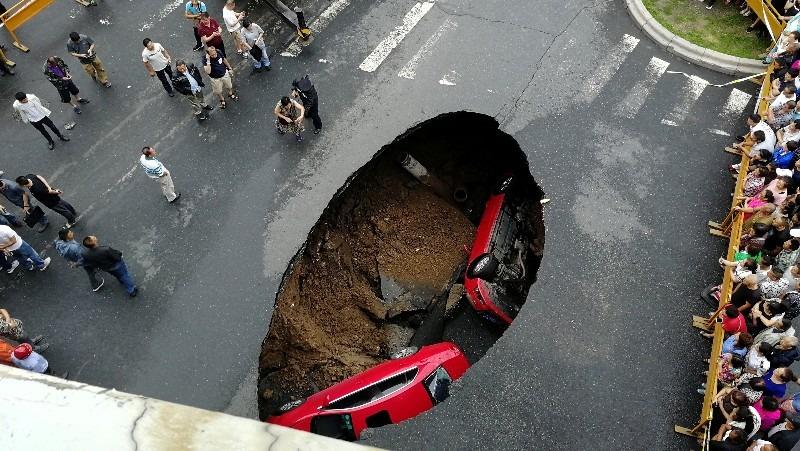Jamie Pringle
Senior Lecturer in Engineering and Environmental Geosciences, Keele University
The ConversationApart from research-led teaching, I undertake collaborative research with forensic colleagues at Keele University and with other UK and global University researchers, as well as with commercial partners and search practitioners.
Apart from research-led teaching, I undertake collaborative research with forensic colleagues at Keele University and with other UK and global University researchers, as well as with commercial partners and search practitioners. We look to both locate and characterise a variety of near-surface buried objects, which can vary from detecting utility pipes and abandoned mines, to locating environmental contamination and forensic objects of interest. Forensic objects of interest are many, from weapons used in crimes to unmarked graves in church graveyards and clandestine graves of murder victims. This varied role keeps Masters and PhD student busy and brings together multi-disciplinary research teams from different institutions to solve difficult real-world problems. I am a member of K-PAC (Keele Policing Academic Collaboration Research Group) and both the Near-Surface Geophysics and Forensic Geoscience Speciality Sub-Groups of the Geological Society of London, a not-for-profit organisation whose aims are to improve knowledge and understanding of the Earth, promote science education, awareness, professional excellence and ethical standards for the public good.
